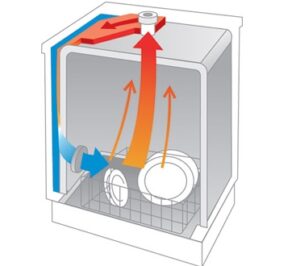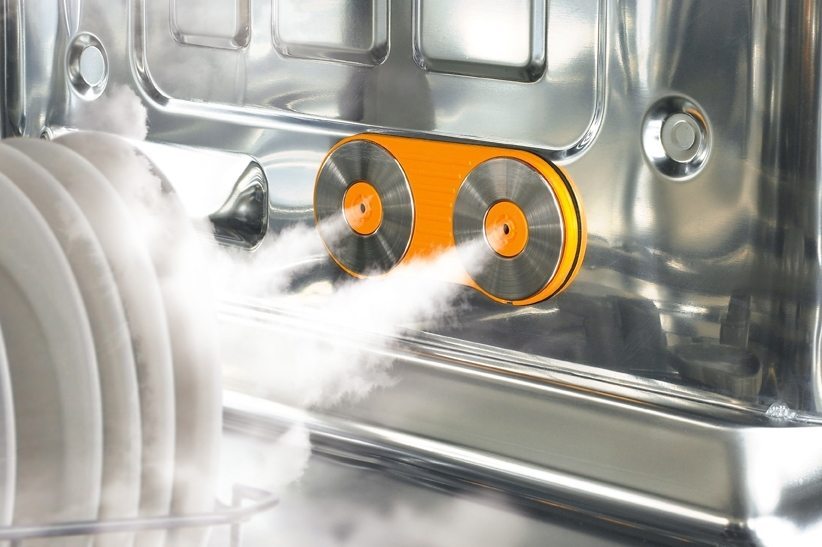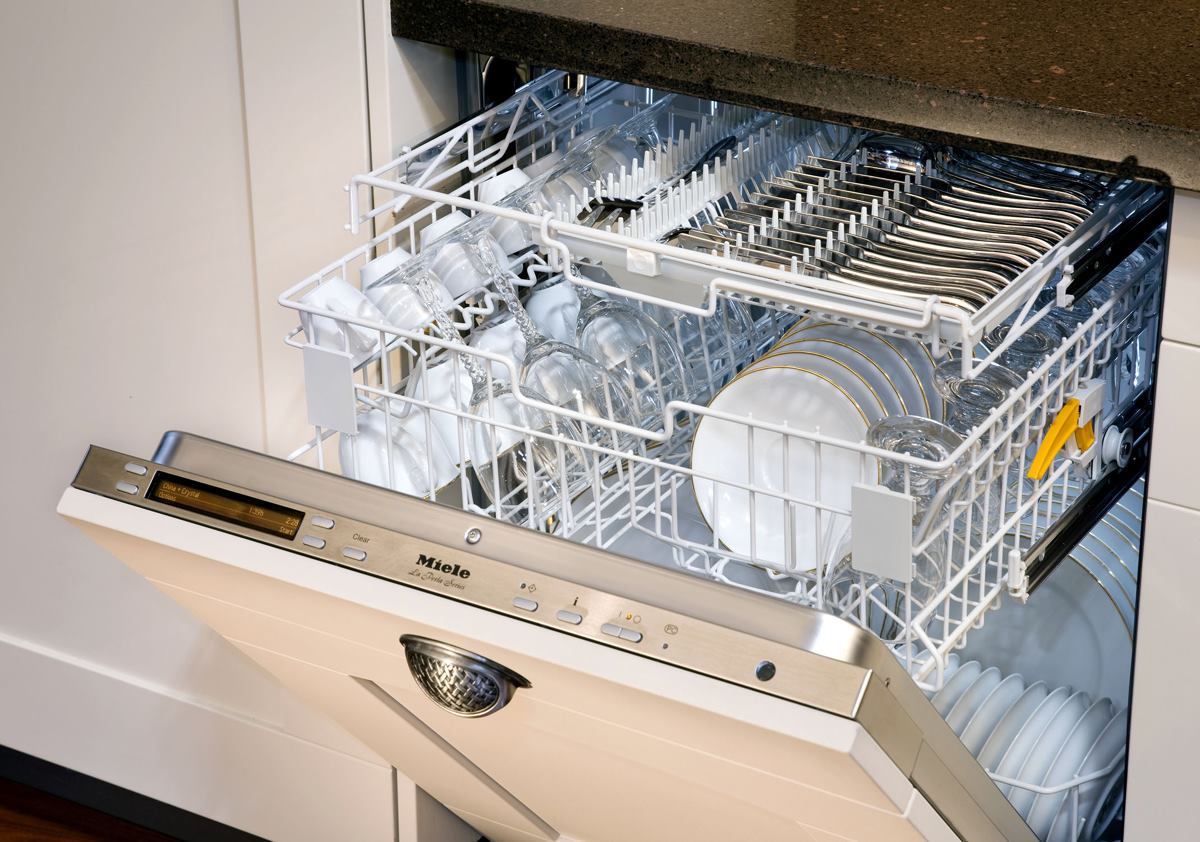Intensive drying in the dishwasher
 A huge number of dishwashers are being released on the market, and each brand is trying to stand out with new features. Basically, the models differ in functionality, power and method of drying dishes. Techniques with intensive or active drying are especially popular. Let's figure out why intensive drying in a dishwasher is attractive and what its disadvantages are. A short overview is below.
A huge number of dishwashers are being released on the market, and each brand is trying to stand out with new features. Basically, the models differ in functionality, power and method of drying dishes. Techniques with intensive or active drying are especially popular. Let's figure out why intensive drying in a dishwasher is attractive and what its disadvantages are. A short overview is below.
What is intensive drying?
Dishwashers with active drying are considered more reliable, affordable and economical. Unlike their “competitors,” they consume less energy and ensure complete removal of moisture from plates and mugs. The hostess will also be pleased with the final result: there will be no drops or streaks on the dishes.
Dishwashers with intensive drying are equipped with a heat exchanger, due to which natural air conditioning is started in the chamber.
Unlike other dishwashers, machines with active drying are equipped with a heat exchanger - a container with cold water. Thanks to this tank, the unit improves air conditioning:
- a temperature difference appears between the cold heat exchanger and the warm walls of the dishwasher;
- there is a difference in air pressure;

- air flows begin to move through the washing chamber;
- Due to active circulation, the dishes dry.
It immediately becomes clear how condensation drying differs from intensive drying. In the first, moisture is removed by evaporation - plates with spoons are treated with boiling water, which creates steam. With the active type, additional time and resources are not required.
Rapidly moving air currents speed up the process - the machine completes the cycle faster than with condensation drying. The machines with turbo dryers remain the fastest, but they “lose” in cost and efficiency.
Knowing what kind of drying this is, you can be convinced of the reliability of “intensive” dishwashers. Their design does not contain heating elements or fans, which often break down and need to be replaced. Here, all the work is based only on the laws of physics, so the probability of failure is almost zero.
Which dish drying technology do you prefer?
Drying type is only one of the parameters of dishwasherware. In addition, when choosing a machine, you need to look at other characteristics of the equipment: cost, functionality, power and efficiency. Only after a complete assessment of the units can you choose the most suitable model.
- If you need the most budget-friendly model, then it is better to give preference to models with condensation drying. They are cheaper, but take longer to dry and often leave drops and streaks.
- Intensive drying is purchased when it is possible to buy a more expensive machine. But with it you can save money during operation - dishwashers consume less water and electricity.

- The premium class includes models with turbo drying. They work many times faster due to heating elements and fans, which saves a lot of time. But you need to be prepared for increased costs for electricity and equipment maintenance.
Dishwashers with zeolite are considered the most economical and reliable in operation!
- The most expensive machines are equipped with zeolite drying. These are the ZeolitAirflow and Zeolit-Drying models. It contains zeolite, a mineral that can constantly absorb and release moisture.During the process of moisture exchange, it heats up and releases heat to the environment. As a result, the temperature in the chamber rises, and the dishes are dried naturally without additional costs. What's even better is that the stone does not require periodic replacement or repair - the rock functions indefinitely until the dishwasher itself breaks down. The user will also be pleased with the quality of water removal from devices, as well as the efficiency of the machine in operation.
Dishwasher manufacturers are constantly improving drying, offering consumers more convenient and economical options. Electrolux recently introduced the AirDry system, in which the unit automatically opens the door at the end of the cycle, providing natural ventilation.
In addition to the type of drying, you need to look at its class. The gradation includes levels from “A” to “G”, from highest to lowest, respectively. More often there are models with “B”, which allow the presence of wet drops and stains on the dishes, and with “A”, which guarantee complete drying of the utensils.
Interesting:
Reader comments
- Share your opinion - leave a comment





















Add a comment